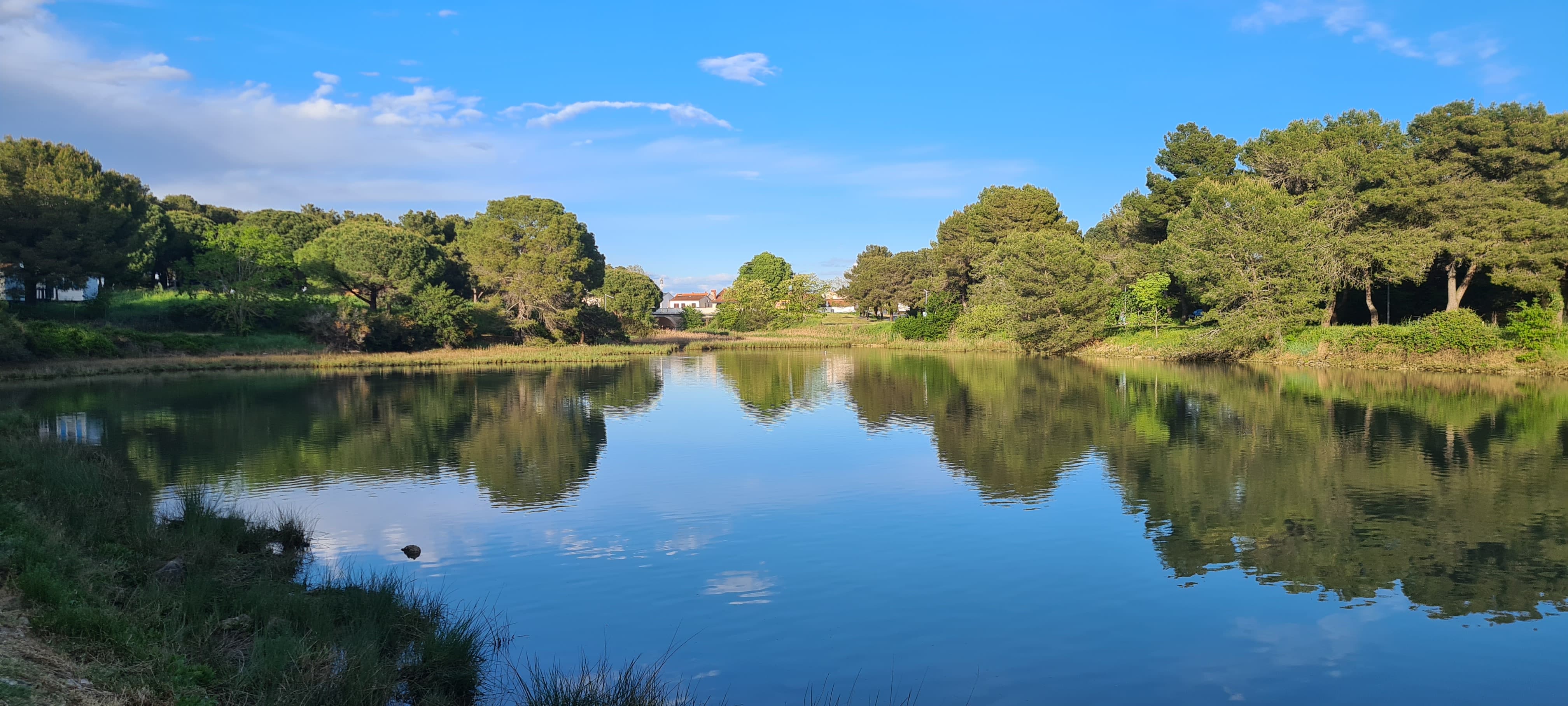Discover Istria: A Cultural Mosaic on the Adriatic Coast
Nestled on the northern Adriatic coast of Croatia, Istria is a picturesque peninsula known for its rich historical tapestry, enchanting landscapes, and culinary excellence. Often referred to as “Croatian Tuscany,” Istria blends Mediterranean charm with Slavic heritage, making it a compelling destination for travelers seeking both relaxation and adventure.
Historical Riches
Istria's history is as diverse as its landscape, influenced by various civilizations including the Romans, Byzantines, Venetians, and Austro-Hungarians. This rich history is evident in its well-preserved medieval towns like Motovun and Grožnjan, each perched on hilltops with sweeping views of the surrounding countryside. Pula, the largest city on the peninsula, is home to one of the world's best-preserved Roman amphitheaters, hosting a range of events from film festivals to gladiator fights.
Gastronomic Delights
Istria is a haven for food enthusiasts. The region is famous for its truffles, olive oil, and wine. Visitors can indulge in truffle hunting adventures in the Motovun forest or taste some of the world’s best olive oils from local groves. Istrian wines, such as Malvasia and Teran, are celebrated for their quality and flavor, with numerous vineyards offering tasting tours.
Local cuisine reflects the blend of historical influences, with dishes that incorporate Italian, Austrian, and Slavic flavors. Seafood is a staple along the coast, while the interior favors hearty dishes like fuži (traditional Istrian pasta) served with truffle sauce or goulash.
Natural Wonders
Istria’s coastline is dotted with pristine beaches, hidden coves, and vibrant marine life, making it perfect for sunbathers, swimmers, and divers. The Brijuni Islands, accessible from Fažana, are a highlight, comprising 14 islands that were once the summer residence of President Tito and are now a national park.
Inland, the landscape transforms into rolling hills, lush forests, and fertile plains, ideal for outdoor activities such as cycling, hiking, and horseback riding. The Učka Nature Park offers trails that provide panoramic views of the peninsula and beyond.
Cultural Festivals and Events
Istria's calendar is packed with cultural festivals and events celebrating its diverse heritage. The Pula Film Festival, one of the oldest in Croatia, showcases international cinema in the historic amphitheater. Other notable events include the Motovun Film Festival, dedicated to independent films and filmmakers, and the Truffle Days, which celebrate the region’s prized truffles with tastings and cooking demonstrations.
Art lovers will enjoy Grožnjan, known as the town of artists, where numerous galleries and studios open their doors to the public. Music festivals, jazz evenings, and classical concerts are held throughout the summer, utilizing the region’s scenic settings as backdrops.
Why Visit Istria?
Visiting Istria offers a unique blend of activities that cater to all tastes and interests—from historical exploration and culinary indulgence to nature adventures and cultural enrichment. It’s a region where every town tells a story, every meal is a celebration, and every vista inspires awe.

